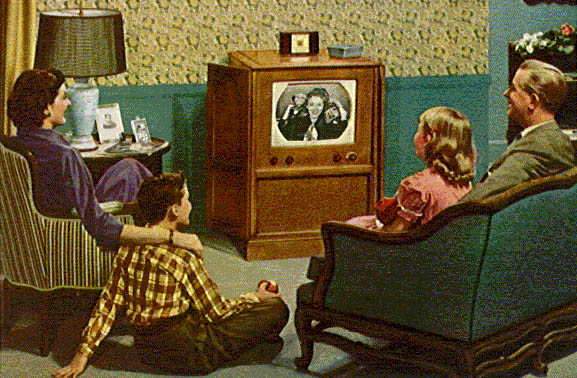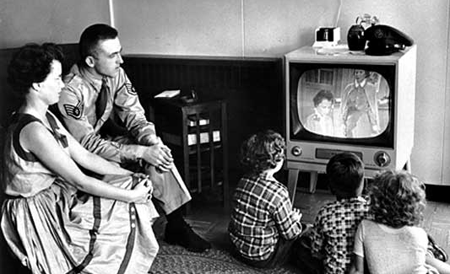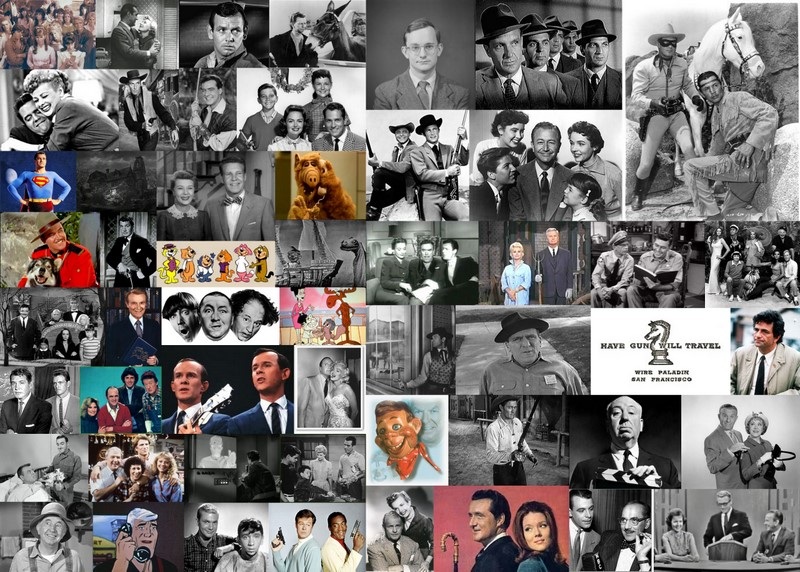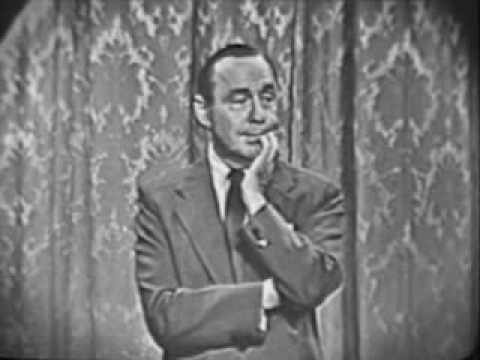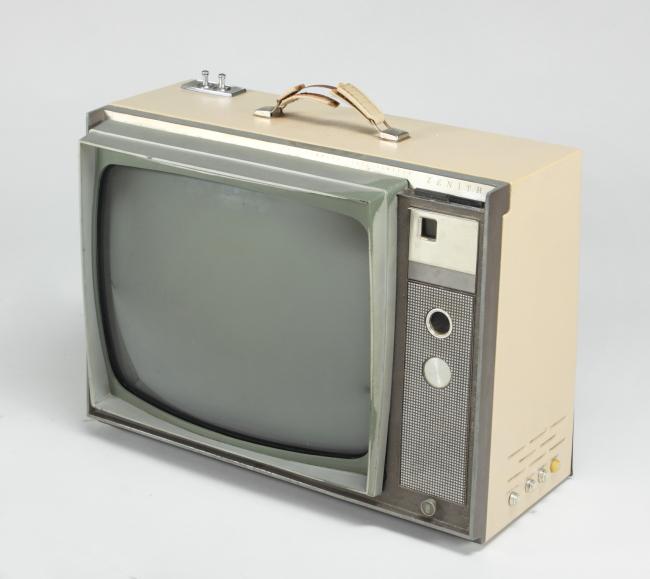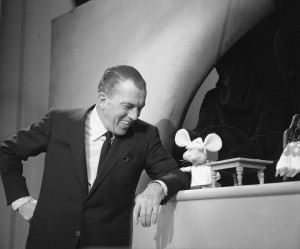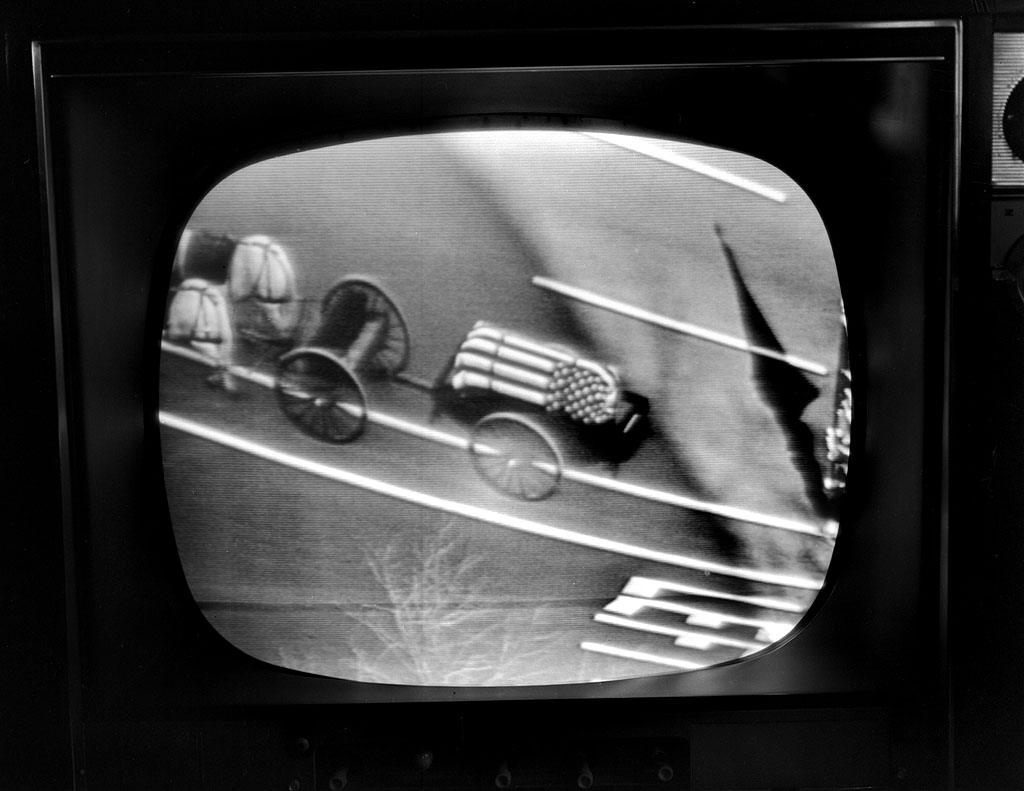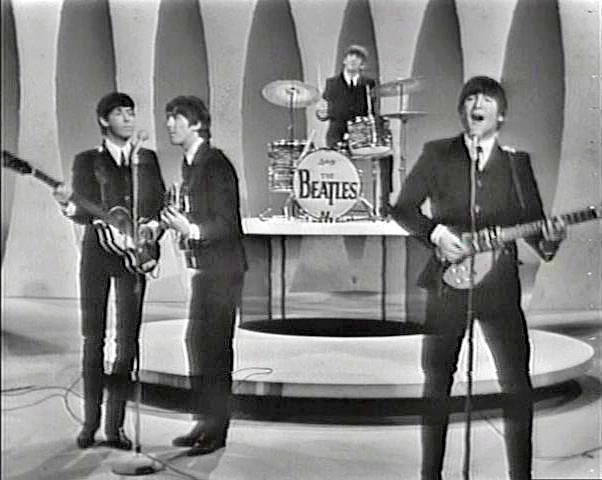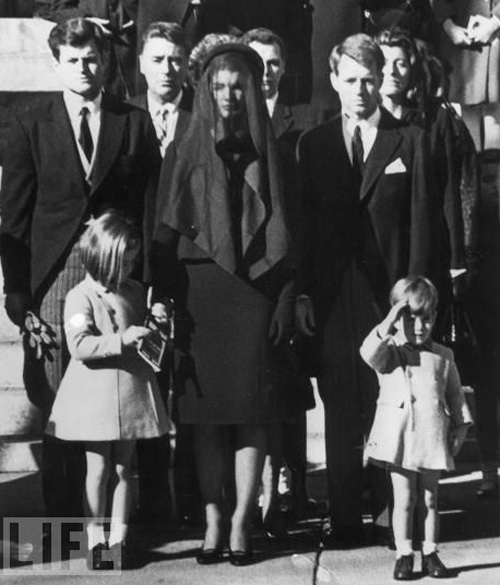We continue our nostalgic look at technology and baby boomer memories, looking at television when there were just three networks, no video, no home theatres, no dvrs, no cable, no satellite, Variety shows ruled, and families actually sat together, watching The Ed Sullivan Show and Milton Berle, among so many other classics. Professor David E. Weber leads off.
You may not know how fast television insinuated itself into our lives in the U.S. Starting with about 6,000 sets in about as many homes (i.e., one set per home) in 1946, the number of sets got bumped up to about one million (again, essentially one per home) by 1949…a leap to twelve million by 1951…1975, almost sixty million. Today, with roughly 120 million households in the U.S., nearly all of them have television…fewer than 20% of them have only one, 54% have no fewer than three. I’ve heard it said that no technology has penetrated our society so quickly and so fully as did television.
I was born in 1952—Bruce much later (Note from Bruce: Much MUCH later)…and we both hold charter membership in that massive group of people who have never known life without television. As a youngster, I was an avid reader (still am) and I also used to enjoy coloring, playing with toy soldiers, and cavorting outdoors in the yard and local parks. Those activities I intentionally made time for, though. My parents sometimes reminded me to go outside for some fresh air or go over to a friend’s house to play, but they never had to remind me to watch television. It was always simply there, easy to activate and ready to entertain.
I grew up in Los Angeles. We had the three networks—ABC, CBS, NBC—plus four local television stations. Seven channels: a gold mine of viewing opportunity during an era when even big cities elsewhere in the country had only three or four.
My earliest memory of television programming is the kiddie show, Ding Dong School. I no longer recall anything about it other than the moon-faced, velvet-voiced grandmotherly host, Miss Frances, and her famous hand bell. I also recall sitting in my dad’s lap while briefly watching a segment of one 1956 national convention—Republican? Democrat? Can’t remember. I can, however, still picture in memory the cavernous convention space with tiny people packed into it, the humming background noise in the event hall punctuated now and then by a broadcaster’s terse comment.
Perry Mason (in the series of the same name, played by Raymond Burr)…Rowdy Yates (Clint Eastwood, Rawhide, Clint’s first big break…Capt. Michael Gallant (Buster Crabbe, star of Captain Gallant of the French Foreign Legion)…Superman…Sky King (Kirby Grant)…how I wished I could have ridden (on horse or camel!), driven or flown at their sides on their adventures. In 2005, reading the newspaper, I came across the obit for a relatively obscure actor in his eighties named John Bromfield. He had played Sheriff Frank Morgan, the Sheriff of Cochise (the original title of the TV. show later renamed U.S. Marshal). Tears formed and rolled down my cheeks—Sheriff Frank Morgan had been, after my dad, my earliest adult male hero.
I used to watch The Jack Benny Program on Sunday nights and loved his slow burns and Rochester’s vocal rasp. I’ve never mastered the craft of impersonations. But when I was five or so, I delivered a pretty good Jack Benny. I cupped my left elbow with my right palm, held my left palm up to my left check and exclaimed, “Well!” I cracked up my dad, who would ask me to “do your Jack Benny” when friends or relatives visited.
I loved cartoons as much as I loved certain brands of candy. I remember Beany and Cecil, Crusader Rabbit, Heckle and Jeckle and the wacky menagerie of Warner Bros. characters, Porky, Elmer and the others. At about age 8 or 9 I discovered Rocky and Bullwinkle. I could take or leave the Hanna-Barbara gang (Huckleberry Hound, Yogi Bear, Quick Draw McGraw) and actively disliked the MGM cartoon characters (for example, Tom and Jerry) and—I’m a terrible American for saying so—the Disney cartoon crew. For my money, the bland and effete Mickey Mouse, the ridiculous Goofy and the idiotic Chip ‘n’ Dale were outclassed by Mr. Peabody, Wile E. Coyote and, at the pinnacle, Mr. Bugs Bunny. No mere hare, but musician, boulevardier, opera star, ballet dancer, quick-change artist, hunter, servant, sheikh, aviator, Formula I racer, target, patriot and War Bond salesman, drag queen and female impersonator (his Carmen Miranda was better than my Jack Benny).
For my eighth birthday I received the best gift imaginable: My own television set, a Zenith portable, the Space Commander 300, with “rabbit-ears” antenna and a remote control! The rules in force through the next couple of years: No TV on school nights; TV off on Friday and Saturday nights by 9.00. I did sneak television occasionally on weeknights and would finesse that 9.00 shutdown on weekends, but I would do so less frequently than you would imagine: I didn’t want my parents to remove the magic box from my room.
One hour each week I did leave the Space Commander 300 to watch TV with my parents. From about age six, and even during the sullen my-parents-are-creeps years in junior high, I watched The Ed Sullivan Show with Mom and Dad every Sunday night. The rule until I was 10 or 11 was to be in my pajamas with my teeth brushed, so that I could go straight from Ed’s sign-off to bed. I was indifferent to the ballet excerpts and opera singers, but if I could just gut it out, I would be rewarded with a short set by Topo Gigio (the “Italian Mouse”), or comedians Alan King, Jack Carter, a young George Carlin or a young Richard Pryor, all of whom I loved. Sullivan often would introduce celebrity visitors in the studio audience. My favorite such occasions were when a sports star might rise awkwardly to his feet and wave. I saw Mickey Mantle, Y. A. Title, Johnny Unites, and others in my pantheon of sports heroes the nights they were called out by dour Ed.
The carefree foundation of my childhood began to erode in late 1963, not long after I had turned eleven. I had somehow become a U.S. president’s nerd and, for a period of time, I consumed juvenile literature about the history of the presidency and biographies of the men elected to that office. One morning in early autumn I asked my mother if she thought a president would ever be assassinated again. “Oh, no,” she declared, “the president is so well guarded nowadays. You can’t just walk up to him the way you used to.”
Three weeks after my mother’s reassurances, President Kennedy was assassinated. It happened on Friday, November 22. 1963.
A unique several days in television history followed. All entertainment programming and advertising stopped. We take it for granted now that if an event is grand, ominous or important enough, every outlet covers it and little else is on live TV. I don’t think it had happened before the Kennedy assassination, though. I was glued to my Zenith Friday afternoon and evening, all day Saturday, most of Sunday. On Monday, JFK was buried. School was canceled. Broadcasters described the lines of people viewing the casket, the rider less cavalry horse with boots jammed backward into the stirrups, the widow and the saluting three-year-old son, the trumpeter playing “Taps” standing alone on a hillside at Arlington.
Keep in mind that every television experience I’ve recalled here happened in black and white. Not color. My parents did not purchase a color TV until the mid-1970s and I was a college graduate out on my own. The cartoons, the heroes and the funeral: monochrome, all of it. I knew about color television, had watched TV. Commercials advertised it (in black and white); and at the homes of a couple of affluent friends of the family, actually seen it in operation. Although it was thrilling to see a show in color by happenstance in an electronics store or elsewhere, I don’t recall coveting color broadcasting, or whining to Mom and Dad, “Why can’t we get a color TV?” I was happy with my portable Zenith, its 13-inch screen providing me with as much joy as I could bear.
Wow Professor Weber, your memory continues to astound and amaze! I will add only a few recollections of my own. First, my parents did NOT allow me to watch television during the school week either, so when the weekend came along, I was dying. We had a Friday night tradition when I’d go for dinner to my grandparent’s house. I can so fondly remember sitting in my grandfather’s lap and or “TV chair” and watching certain shows with relish.
I’m sure my memory is foggy, but I recall my grandfather’s love of “Bonanza” and all Westerns and my love of watching “Superman” and “The Rifleman” on those visits. I can still sing most of those theme songs now. Heck, when my own boys were little, I used to put them on my lap and bounce them around, playing “horsey,” to the theme music from “Bonanza.”
My favorite shows when I was a kid/younger were, Leave It to Beaver, The Dobie Gillis Show, Gilligan’s Island, Hogan’s Heroes, Ed Sullivan (only for the rock acts), Superman, The Rifleman, Bewitched, and I Dream of Jeannie (I can hum both version of the Jeannie theme song from Season One and then the newer one thereafter – can you?).
The singular strongest memory I have from those days was watching The Beatles with my parents on The Ed Sullivan Show. We all were shocked at their long hair. Look at it now and it’s comical to think we thought that hair was long! Television Back-in-the-Day was a communal experience. Everyone I knew watched Neil Armstrong walk on the moon and, as Professor Weber so vividly described, everyone I knew spent four days glued to his or her televisions when John F. Kennedy was assassinated. Strong impressions.
What are the familial “strong impressions” today, I wonder?

